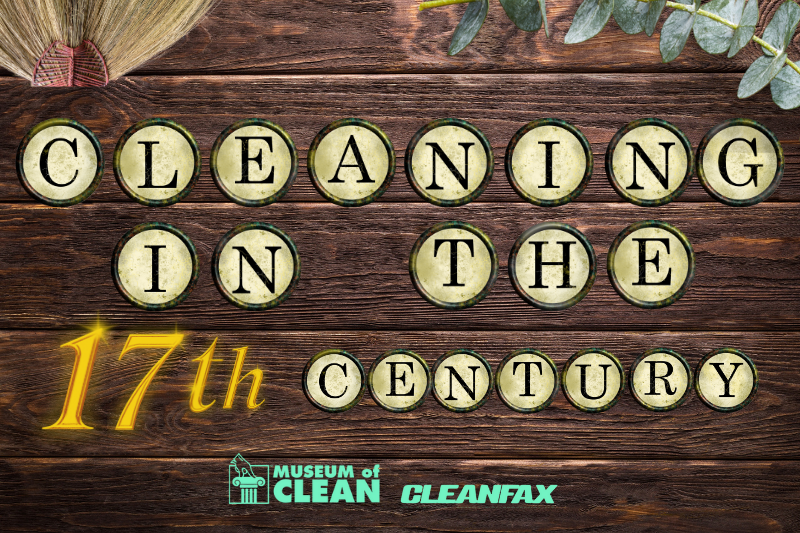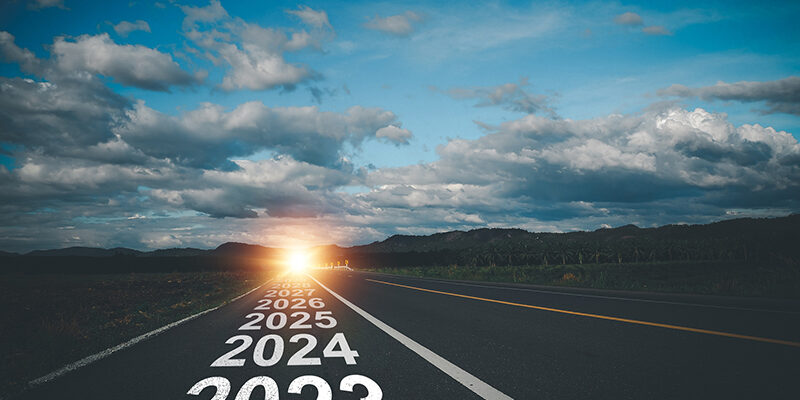Cleaning in the 17th Century

For our next edition of The Origins of Clean brought to you by Cleanfax in partnership with The Museum of Clean, we’ll be covering cleaning in the 17th century. This is when many of our modern cleaning traditions began and is one of the most revolutionary periods for hygiene and cleaning in all of history.
Common cleaning practices of the 17th century
During the 17th century, people had limited knowledge about germs and the importance of cleanliness to prevent the spread of diseases. Moreover, cleaning was a luxury reserved for the wealthy, and the majority of people, especially those living in rural areas, didn’t have access to the means or knowledge to clean their surroundings properly.
One of the most common cleaning practices during the 17th century was sweeping. Most households had a broom made from natural materials like straw or reed. These brooms were used to clean the dirt and debris out of the house. However, this practice only removed visible dirt, not the invisible bacteria that caused diseases.
Another common practice was washing clothes, but it was a tedious and time-consuming task. Clothes were washed by hand using soap made from animal fat or plant-based materials like ash and lye. The washing process involved soaking the clothes in water, rubbing them with soap, and rinsing them thoroughly.
Overcoming rudimentary cleaning challenges
The 17th century was plagued with numerous challenges when it came to cleaning. One of the biggest obstacles was the lack of access to clean water. People relied on wells, rivers, and rainwater to meet their daily needs, and these sources of water were often contaminated.
To overcome this challenge, people used a variety of methods to purify water. One of the most popular methods was to boil the water to kill off any harmful bacteria. This method is still used today, and boiling water is an effective way to purify it.
Another challenge people faced was dealing with human waste. In the 17th century, most households did not have indoor plumbing or toilets, and people used chamber pots instead. These pots were emptied into the streets or nearby fields, which led to the spread of diseases.
To handle this problem, people used lime or ash to neutralize the odor and disinfect the waste. They also used a mixture of sand and straw to cover the waste and prevent it from spreading.
Nowadays, these concerns have been mitigated thanks to modern technology, human ingenuity, and civilized society.
As cleaning and restoration professionals, it is fascinating to see how far we’ve come and the future we may hold. With cleaning methods revolutionizing this much thus far, who truly can say what the future of clean holds?
To learn more about The Origins of Clean, check out the Museum of Clean and stay tuned for next month where we cover the rise of cleanliness in the 18th century!











